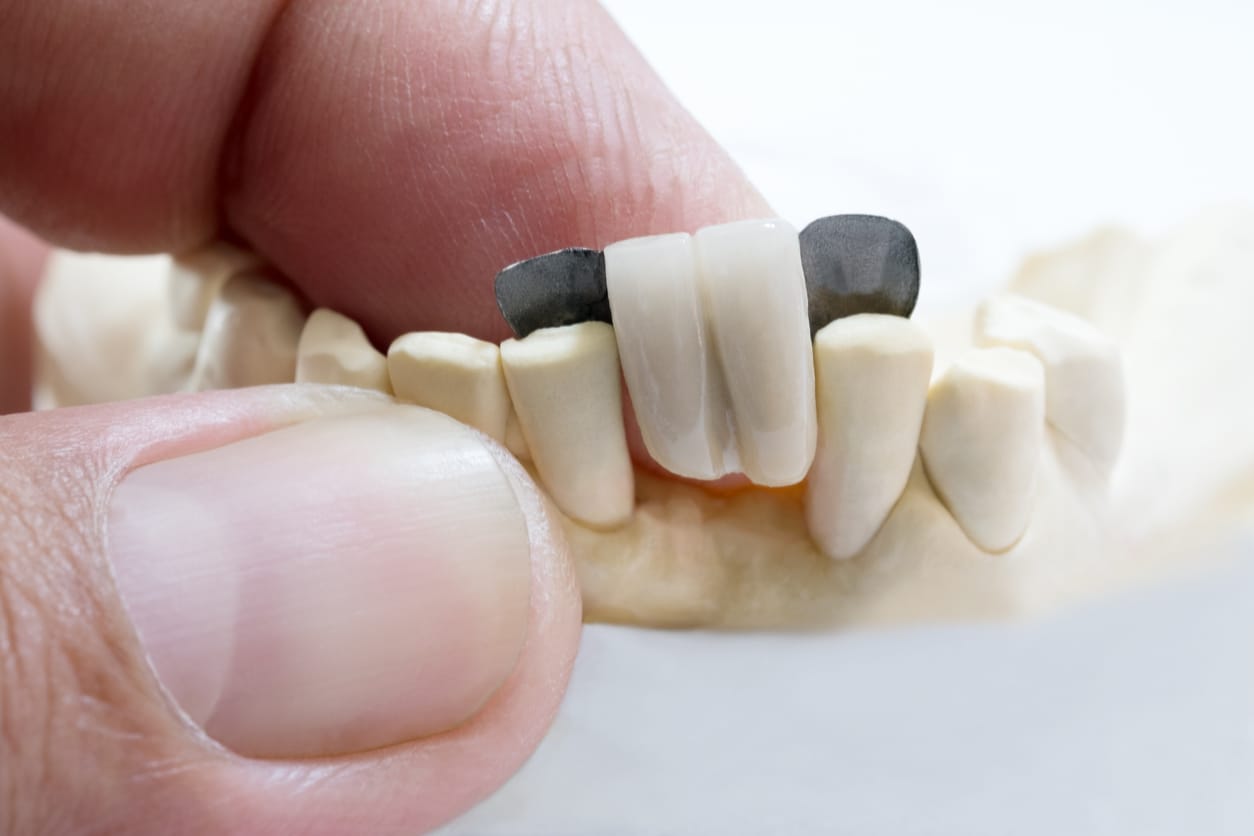How are Maryland dental bridges fitted?
First you need to see one of our dentists for a consultation and assessment of the neighbouring teeth. Loose or heavily filled neighbouring teeth are not reliable or suitable foundations for a Maryland bridge. The neighbouring tooth will need to be free of gum disease and decay and ideally not heavily filled. Maryland bridges rely on strong bonding to the enamel of the neighbouring tooth, so if a lot of the neighbouring tooth enamel has been lost, bonding to the adhesive bridge is unlikely to be strong. If the neighbouring tooth is heavily filled or crowned, a conventional bridge or dental implant maybe more appropriate.
If the neighbouring tooth is sound, we would then take an iTero 5D digital scan or impression of your teeth and send it to the laboratory for construction of the bridge.
Once the bridge arrives back from the lab, fitting of the Maryland bridge is done with high strength resin cement. This resin cement provides a chemical bond between the tooth and the bridge. In order to increase the bond strength between the tooth and the bridge, at Pearl Dental Clinic we use the AquaCare air abrasion system which uses high pressure micron-sized aluminium oxide particles to create an additional mechanical bond for the bridge. This additional bond significantly reduces the risk of the bridge debonding in future.
It can take several months for your bite to fully adjust to the new bridge but in over 90% of cases the bite does adjust and accepts the new bridge.
Get in touch to learn more


